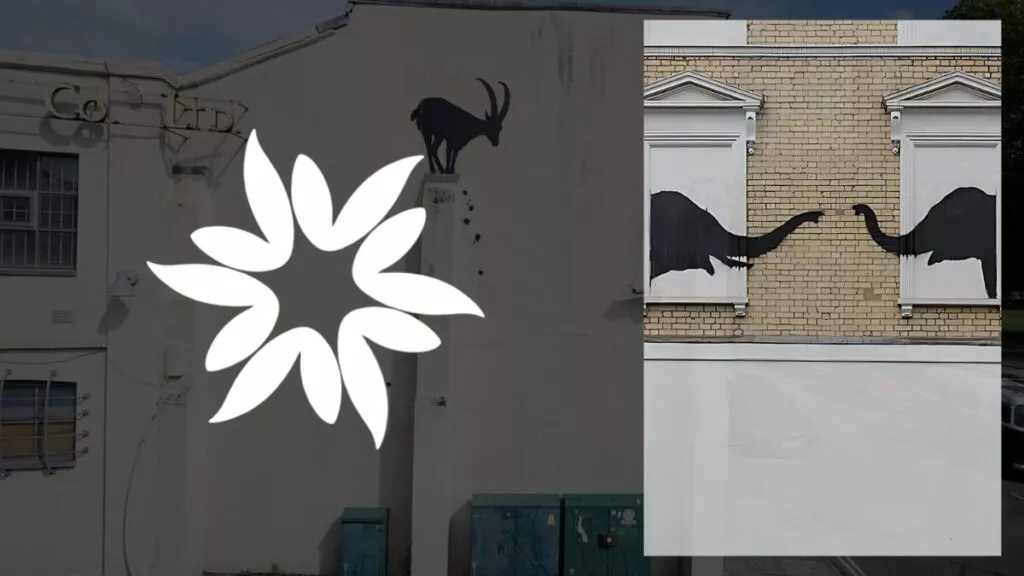Dive into this riveting story of Italy stirs up the world of cultural heritage by calling for the repatriation of seven ancient artifacts housed in the Louvre Museum.
Key Takeaways
- Italian officials have requested the legal return of seven ancient artifacts from the Louvre Museum, believed to be illegally acquired.
- These artifacts have potential links to notorious antiquities dealers active in the 1980s and 1990s, emphasizing the need for stricter provenance research.
- The incident has spurred a broader call for Western museums to examine their collections for possible restitution, indicating a significant shift in the world of cultural heritage.
Italy’s Quest for Legal Repatriation: A Stand-off with The Louvre Over Seven Artifacts
Italy, the cradle of ancient civilization, has been in the spotlight recently. The reason? The Italian government’s cultural property officers have made headlines by launching a bid for the legal return of seven ancient artifacts nestled within the esteemed corridors of the Louvre Museum. And the rub? It is believed that these precious antiquities were illegally acquired.
A Twist in The Tale of Cultural Heritage
The saga began to unfold when Laurence des Cars, the director of the Louvre, revealed to the French publication, Le Monde, that these artifacts are currently being probed by a team of experts for potential provenance concerns. She further assured that such sensitive matters are always handled with “rigour and lucidity” by the institution.
The issue gained momentum after Des Cars’s maiden meeting with Italian officials earlier this year in February, including Gennaro Sangiuliano, Italy’s culture minister. The discussion centered around the possible restitution of these artifacts, a collection that boasts of an impressive black amphora hailing from the 5th century, as well as Greek vases with origins dating back to the 4th to 6th centuries B.C.E.
Dive into this riveting story of Italy stirs up the world of cultural heritage by calling for the repatriation of seven ancient artifacts housed in the Louvre Museum.

Shady Connections: A Journey Back in Time
Several of the pieces flagged by the Italian culture ministry bear disconcerting connections to notorious antiquities dealers who plied their trade in the 1980s and 1990s. Some artifacts, which entered the museum’s collection between 1982 and 1998 – a time when provenance research protocols were not as stringent – can be traced back to Giacomo Medici and Gianfranco Becchina. These infamous dealers were convicted for fraud in 2005 over illicit antiquities trading.
The crescendo of this saga comes amidst a growing call for encyclopedic Western museums to thoroughly examine their collections for any restitution issues. Repatriation cases are intricate legal affairs in France, where art pieces owned by state-run institutions enjoy protection from removal sans government approval.
In September of last year, the Italian culture ministry escalated matters by presenting a formal repatriation request featuring a list of Louvre-held works. Notable among these are a 5th-century krater and a head of Heracles from the ancient Etruscan city of Cerveteri.
The krater was found to have been acquired in 1987 with links to Becchina. Italian archaeologists made this revelation after Swiss authorities confiscated Becchina’s photographic archives in 2001 and handed them over to Italian law enforcement. Another Medici-linked archive was used as evidence in the high-profile Italian court case in 2005.








